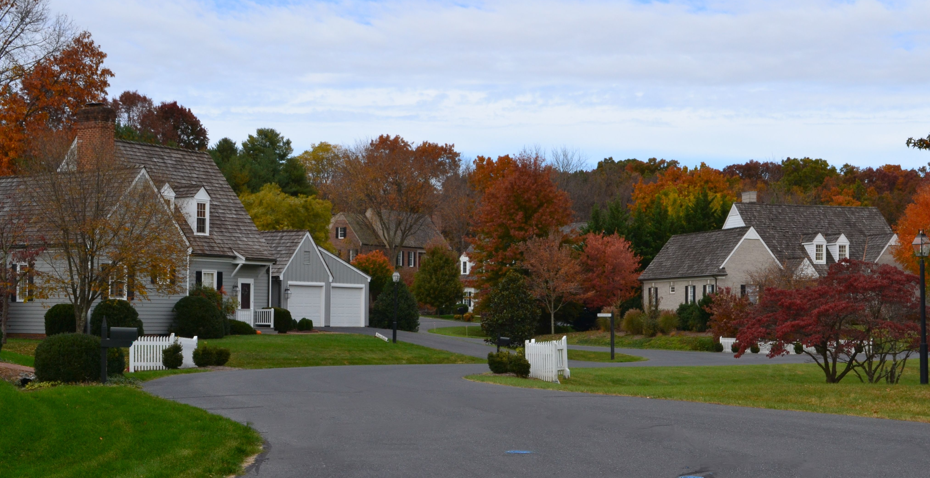
How the pandemic influenced the real estate market?
The COVID-19 pandemic came to change the way we live and socialize. Even now with almost half of the country vaccinated, we still need to wear masks in closed spaces with no air circulation; the establishments are reopening at full capacity, yet with some restrictions. But even so, many areas in the economy suffered from the pandemic and one of them was the real estate market.
Although the real estate market has suffered from several economic crises over the decades, during the months of the pandemic, this specific area underwent crucial changes in its structures.
In fact, the changes that took place were yet another acceleration of a trend that had already been taking place in the United States for many years.
However, due to the pandemic and the change in the lifestyle of North American families, it happened much faster than the estimates showed.
Fresh air and better quality of life
When we think about how the pandemic has affected the real estate market, we see that several changes have taken place regarding the ways of selling and renting houses.
According to the Forbes article, “COVID-19 Has Changed The Housing Market Forever. Here’s Where Americans Are Moving (And Why),” Americans are ready for a big change; moving from their homes in big, crowded cities, to smaller cities, where the lifestyle is less hectic.

That change was only possible because the offices saw that working from home went very well; operations continued seamlessly, even though employees were unable to leave their homes. So, if the people don’t have to go to work anymore, it doesn’t make any sense to subject yourself to the stress of a big, bustling city, right?
Therefore, after months indoors, unable to go out or see each other, people are looking for houses with more open spaces, a place for a home office, and in cities where cases of COVID-19 are smaller and people are already able to move freely in the streets.
In addition, families are looking for cities where public education is better and children can safely go to school. Not to mention that health is also one of the factors that influence the choice of cities in which to live.
Remote work is forever
As we’ve already mentioned, many companies decided to embrace the remote model completely, even after the coronavirus pandemic ended.
Facebook, for example, is one of the companies that will not return and expects at least half of its employees to work remotely. In an interview, Mark Zukerberg stated “[..] it’s possible that over the next five to 10 years – maybe closer to 10 than five, but somewhere in that range – I think we could get to about half of the company working remotely permanently. “
When virus isolation and prevention measures began last year, Facebook was one of the first big tech companies to say it would adopt the remote form. According to the company’s CEO, they had plans to build hubs where workers could meet occasionally. However, these spaces would not necessarily be offices.
Similarly, other companies that will not return with face-to-face work saw this option as an opportunity to cut costs. For employees working from home is extremely beneficial to have a smaller office, in a more financially viable place.
What does this mean for construction?

With companies looking for smaller spaces for their offices and families looking for houses with adapted spaces, the construction of new spaces is more in demand.
According to data from the Harvard Joint Center for Housing Studies of 2021 (JCHS), last year, the American real estate market reached 1.38 million new housing units under construction. Thus reaching the highest number since 2006.
In addition, places that will be deactivated, such as the big offices where companies used to function, can be adapted and make room for other businesses. Or even smaller rooms to accommodate more than one company in the same place.
All of this depends on planning and further encourages the civil construction sector.
Even though times are pretty tough, it feels like we’re reaching the end of a long tunnel. The pandemic has brought many bad things to our society, but it has also brought about great revolutions that are good and permanent.
All we can hope for is that things evolve for the better and that everyone can adapt to the new normal.







